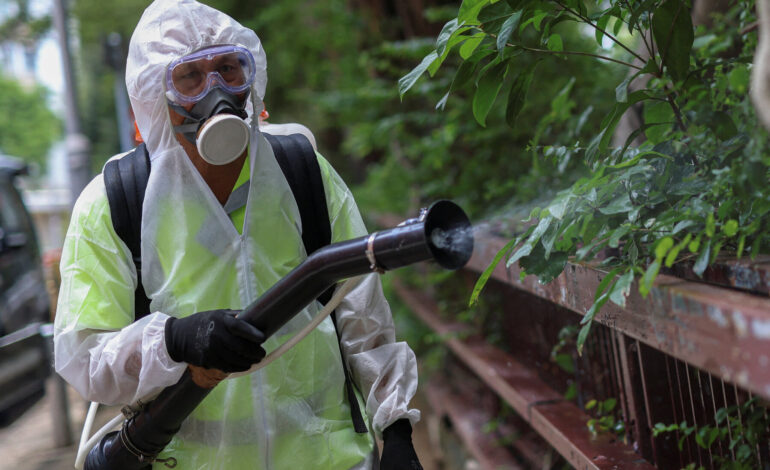Global Surge in Chikungunya Cases Raises Health Concerns

The number of cases of the mosquito-borne Chikungunya virus has increased significantly worldwide, raising alarms among health authorities. The virus, which can lead to severe joint pain and long-lasting disability, is now spreading to regions where it was previously absent, including China.
Reports indicate that as of September 2023, over 200,000 cases have been documented globally, reflecting a sharp rise compared to previous years. The World Health Organization (WHO) has issued warnings about the expanding reach of Chikungunya, particularly in tropical and subtropical regions.
Emerging Threats in New Regions
Chikungunya is transmitted through bites from infected mosquitoes, primarily the Aedes aegypti and Aedes albopictus species, which thrive in urban environments. The virus has historically been prevalent in Africa, Asia, and the Indian Ocean region, but recently, its spread to areas such as the Caribbean and parts of South America has heightened concern.
In China, health officials are now on high alert as localized outbreaks have been reported. The public health response includes vector control measures and public awareness campaigns aimed at preventing further transmission. The virus poses a significant threat due to its capability to cause debilitating symptoms, with some individuals experiencing joint pain for months or even years.
Impact on Public Health
The rapid increase in Chikungunya cases is not just a health issue; it also has implications for local economies, particularly in regions reliant on tourism. Areas that experience outbreaks may see decreased visitor numbers, as travelers may avoid destinations perceived as high-risk.
Healthcare systems are also under pressure, as they must manage the influx of patients presenting with symptoms similar to other viral infections, such as dengue fever and Zika virus. India, which has reported thousands of cases in recent months, is struggling to cope with the dual burden of Chikungunya and ongoing dengue outbreaks.
Preparedness and response strategies are critical to mitigating the impact of this resurgent virus. The WHO suggests that countries enhance surveillance and strengthen healthcare services to manage the increasing number of cases effectively. Public education on preventive measures, such as eliminating standing water to reduce mosquito breeding sites, is also vital.
The WHO emphasizes that while vaccines for Chikungunya are currently in development, there is no specific treatment available. Therefore, prevention remains the most effective strategy to combat the virus’s spread.
As the global health community continues to monitor the situation, the emergence of Chikungunya in new areas serves as a reminder of the ongoing challenges posed by vector-borne diseases. The situation underscores the need for international cooperation in public health initiatives and research to develop effective control measures.






